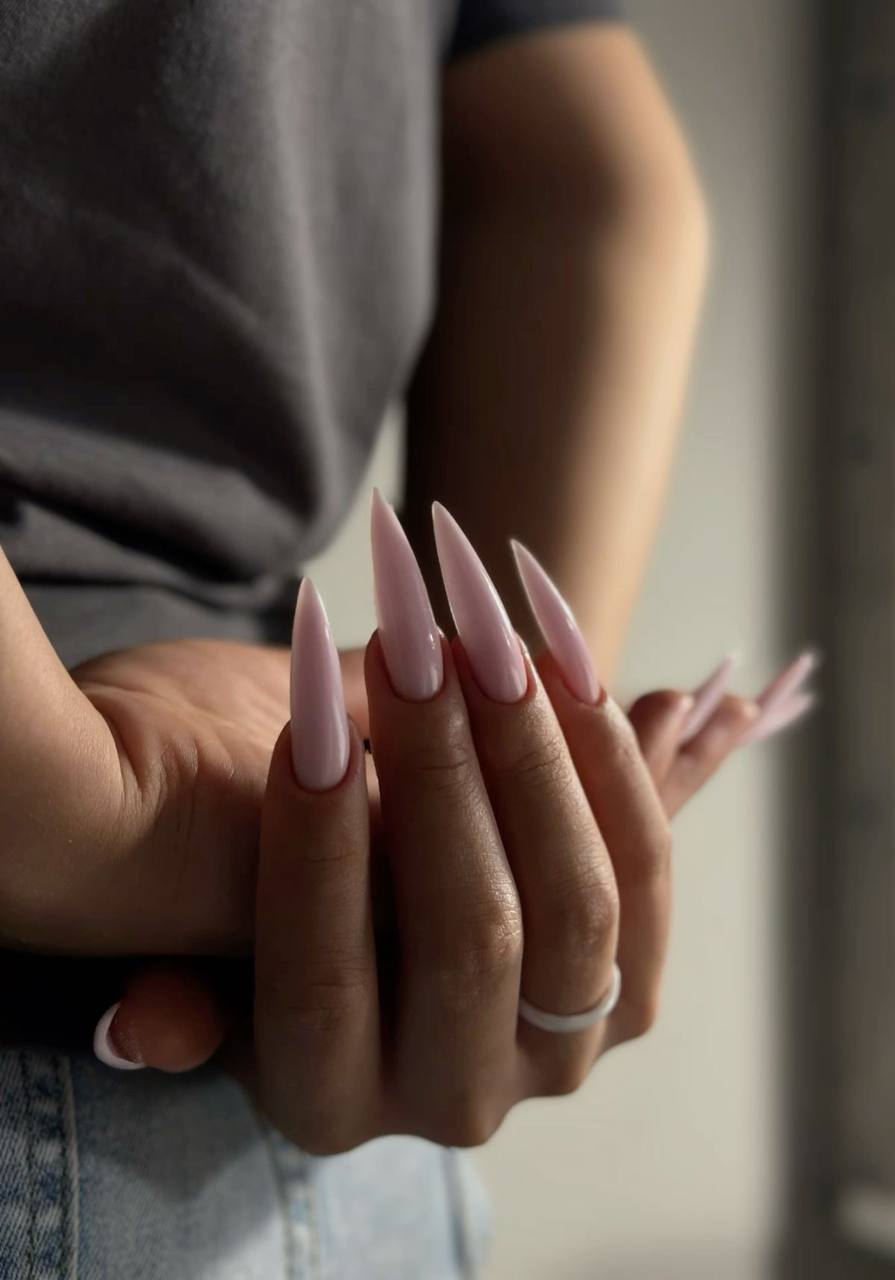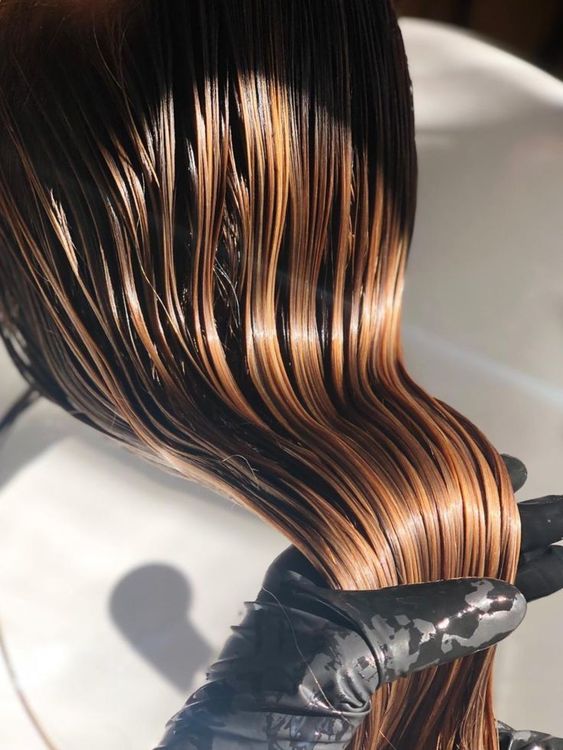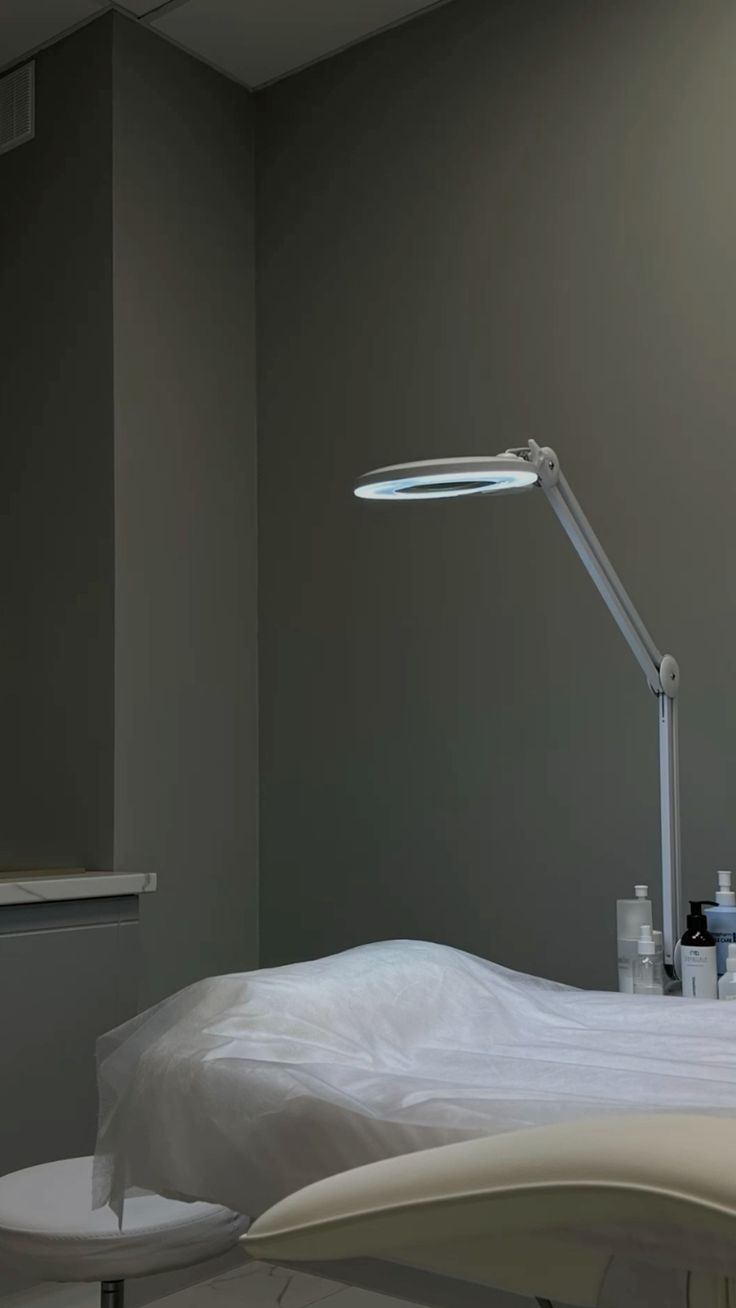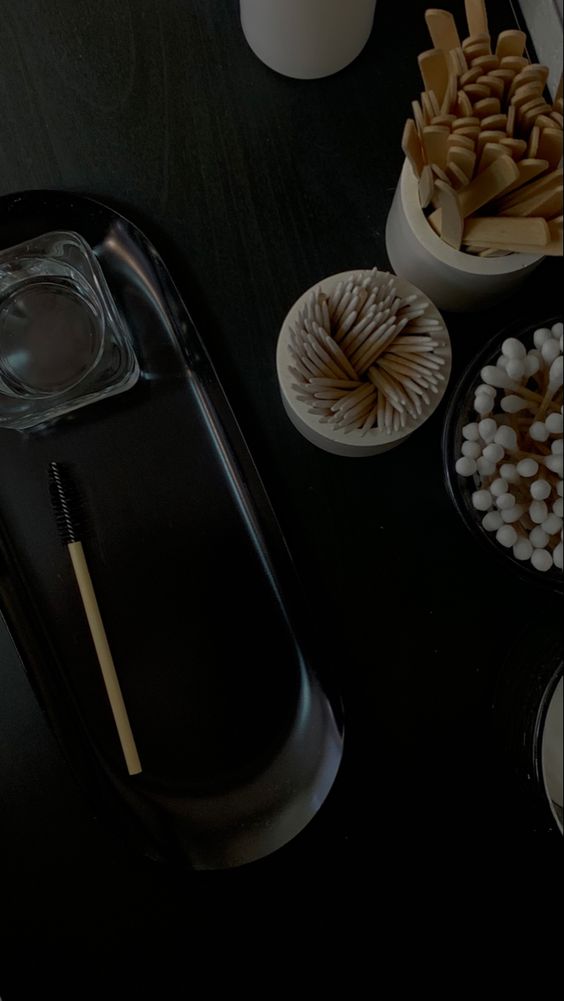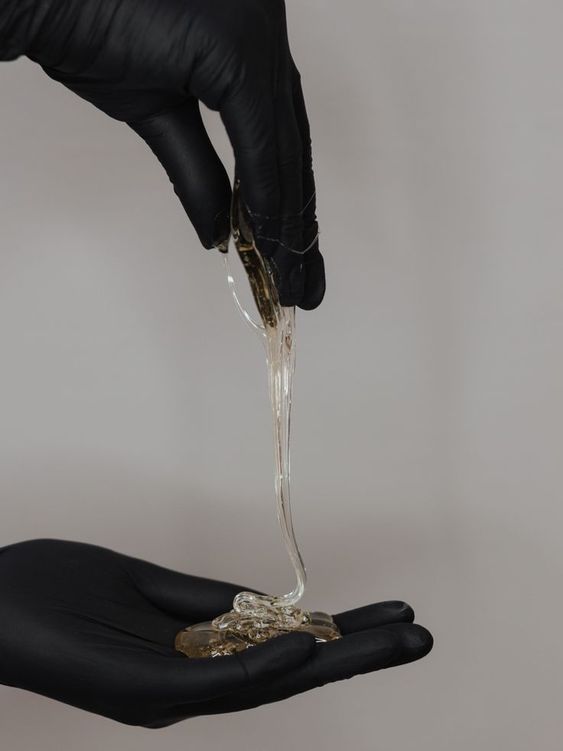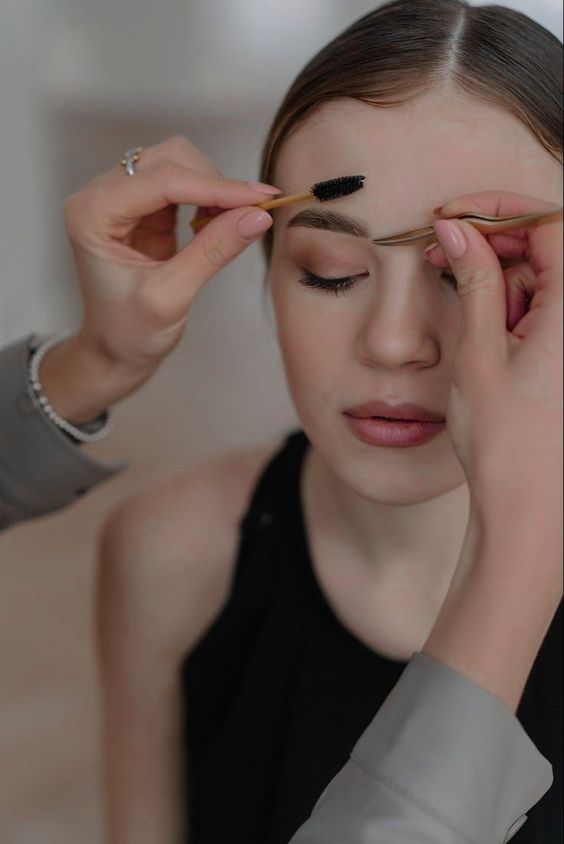Classic technique for durable, natural-looking nails — ideal for length and strength.
Exceptional strength and resilience. Perfect for long-lasting wear and an active lifestyle.
Maintains perfect shape and structure every 3–4 weeks.
Protects and reinforces natural nails with a clear strengthening gel.
Custom nail art — from minimalism to luxurious designs with French tips, ombré, or rhinestones.
Why Choose PUR Paris?
- Highly qualified and certified nail technicians.
- European-grade, professional materials only.
- Absolute hygiene and safety.
- Natural, comfortable, and elegant look.
- Custom shape and length for every client.
- Long-lasting results — up to 4 weeks.

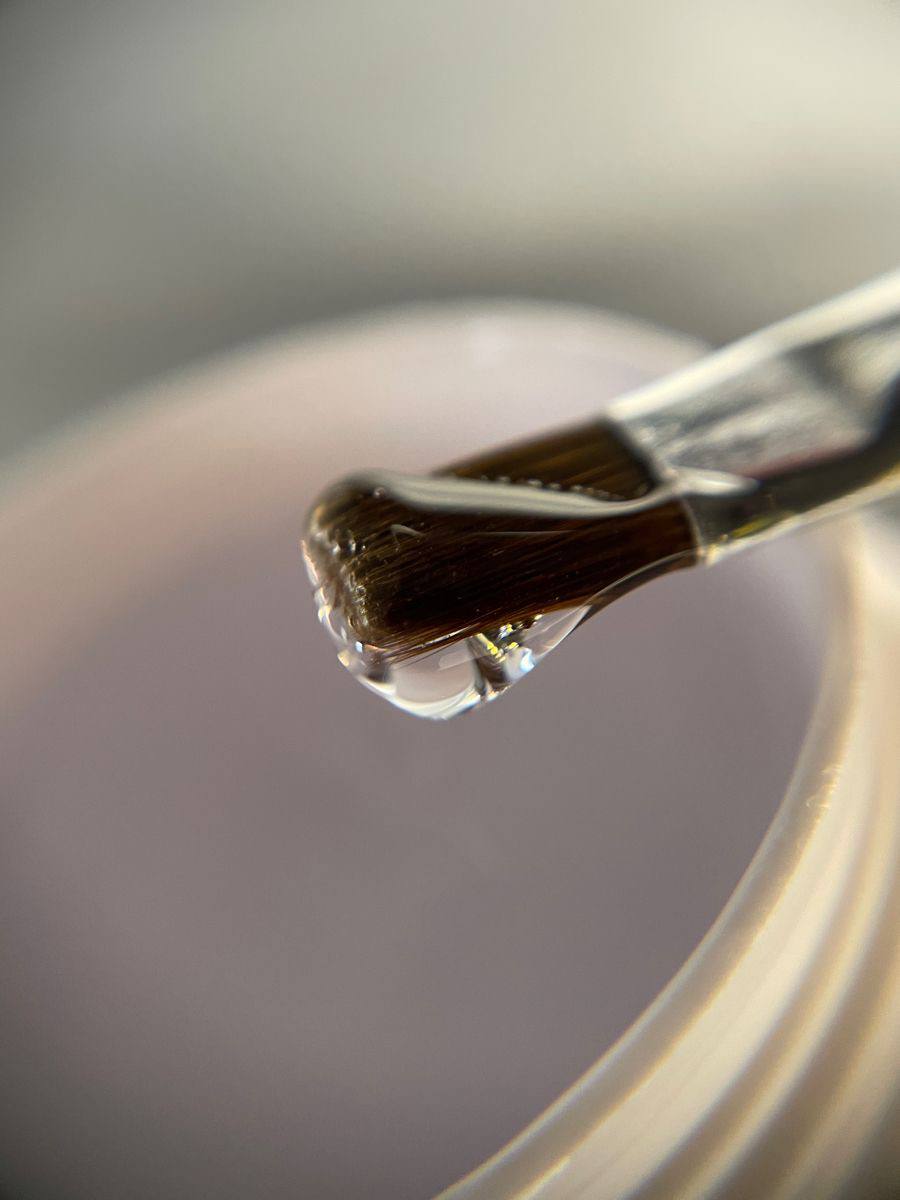
Popular questions


Nail Extensions: What You Need to Know Before Visiting Your Manicurist
Nail extensions have become one of the most popular beauty services offered by professional nail technicians in recent years.
Just a couple of hours in a specialist’s chair — and your hands look elegant, well-groomed, and beautiful again.
If you’re planning to get nail extensions for the first time, it’s worth listening to professional advice to make sure the procedure is effective and long-lasting.
What You Should Know Before Your Appointment
-
Don’t try to do the technician’s job yourself.
Avoid doing your own manicure right before the appointment. If you prefer to maintain your nails regularly, you can get a classic manicure, but not less than three days before your nail extension session. -
Do not trim your nails before your appointment.
Your technician needs a small free edge — about 1–2 mm — to properly apply and secure the extensions. -
Avoid moisture on the day of your appointment.
Don’t visit the pool, sauna, or take long baths. The less moisture your nails are exposed to, the better the adhesion and durability of the gel or acrylic.
Professional Tips for Those Getting Nail Extensions
-
Be mindful with hand creams.
If you use hand creams that contain lanolin, ask your technician whether they are safe to use while wearing nail extensions. Such creams can sometimes cause lifting and reduce the wear time of your nails. -
Don’t pick at lifted areas.
Slight lifting may occur, especially after the first procedure. Never try to fix it yourself — contact your technician immediately. After 2–3 refills, this problem usually disappears. -
Hydrate your cuticles.
The skin around your nails needs nourishment and hydration after extensions. Use special oils or creams recommended by your nail artist. -
Get regular refills.
Refill your nail extensions every 3–4 weeks. Allowing them to grow out too long increases the risk of breakage, injuries, or bacterial infections under the nail. The longer you wait, the weaker your natural nails can become. -
Avoid excessive length for your first set.
For your first nail extensions, it’s better to start with a moderate length and classic shape. You can experiment with longer or more complex designs later. -
Don’t use your nails as tools.
Remember, nails are a decoration — not a screwdriver. Avoid using them to open packages or scrape surfaces. -
Wear gloves for household chores.
Protect your nails when cleaning or washing dishes. If you must work without gloves, apply a protective hand cream beforehand. -
Be careful with sharp tools.
When using knives, graters, or other utensils, handle them gently to avoid damaging or chipping your nails. -
Keep nails away from open flames.
Flames or lighters can leave soot or cause the surface to burn — be cautious. -
Don’t use sharp objects under your nails.
Avoid cleaning under nail extensions with toothpicks, pins, or metal tools. Always ask your technician to do this professionally with a drill if necessary. -
Be cautious with doors and shoes.
Open car doors or buses carefully, and use a shoehorn when putting on tight shoes to prevent accidental nail damage.
Additional Recommendations
After getting nail extensions, purchase a special nail glue.
In case of cracks or small breaks, you can temporarily fix the nail until your next refill. Ask your technician which brand is best to use.
Never try to remove nail extensions yourself — even if you decide not to wear them anymore.
Do not pull, cut, or pry them off, as this can severely damage your natural nails and make your hands look unattractive.
If you cannot visit your technician for removal, allow the nails to grow out naturally, gently filing them down with a non-metal nail file as they grow.
The Most Important Advice
Don’t follow random online tips or advice from people without professional experience.
Only trained technicians with proper education truly understand how to apply, maintain, and remove nail extensions safely.
If you have a concern, message your nail artist — or better yet, schedule a refill to correct the issue before it becomes serious.
